
InterCOOLactic Planetary - 2017+ Honda Civic Type R Performance Intercooler Kit R&D Part 4 - Intercooler Production Sample
When it comes to shopping for an upgraded intercooler, the first thing any of us look for is the temperature drop figure. For our new design, that information has still yet to come. For now, we'll focus on the next most interesting specification, which, naturally, is the size of the core. In the case of our new core, that number is 1003mm³. That might just look like a number, but compared to the stock unit, it's a 169% increase in size. One-hundred and sixty nine percent. Crushed it.
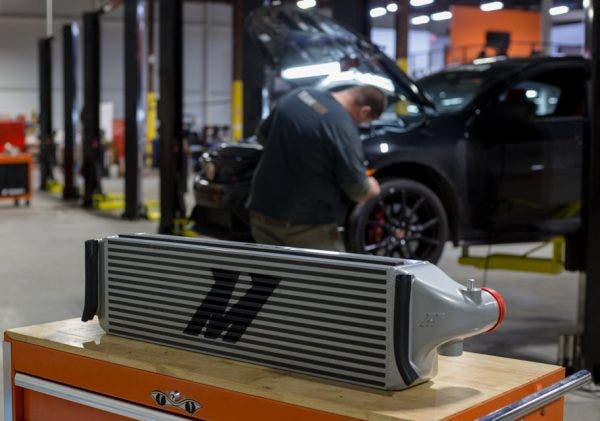
How does the number compare, though? What does a 169% increase in size look like in relation to the FK8? Well, lucky for you, the difference in size is quite notable, as it should be when we're more than doubling the size of the stock unit. The stock unit appears as if it fills that entire lower grille opening on the front bumper. However, our engineer put in his best efforts to demonstrate that there was plenty of room to expand into.
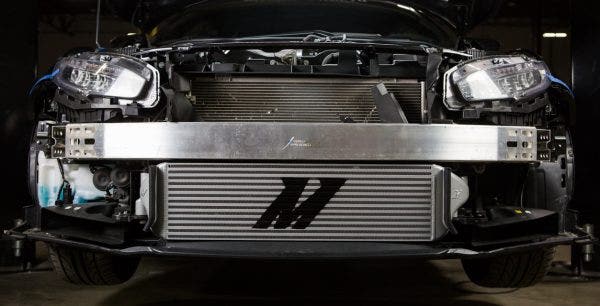
Honda was nice enough to leave plenty of room for us to grow.
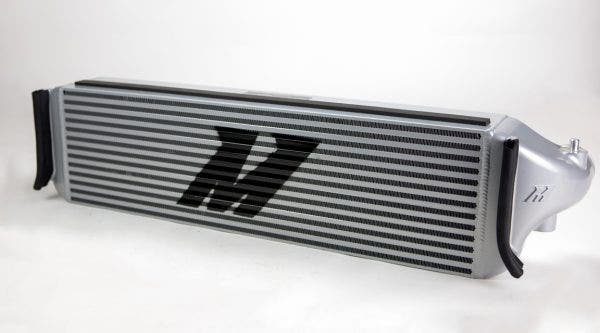
Once removed from the Civic, the size difference is much more apparent. With the 3 additional rows of fins, our new design towers, bringing a 50mm increase over what Honda deemed appropriate for their mother of all hatchbacks. Adding to the height of the new design not only helps with the new core volume figure, but also increases the frontal surface area for the heat exchanger, which is arguably just as important. Where volume and thickness allow for an increase in flow and the ability to cool more air at once, increasing the fin surface area enhances the fresh air's ability to whisk the heat away from our intercooler. Size is an important factor when it comes to creating a new intercooler, but what's on the inside counts just as much.
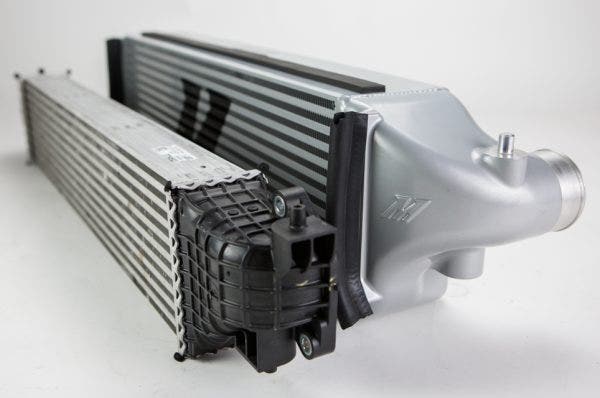
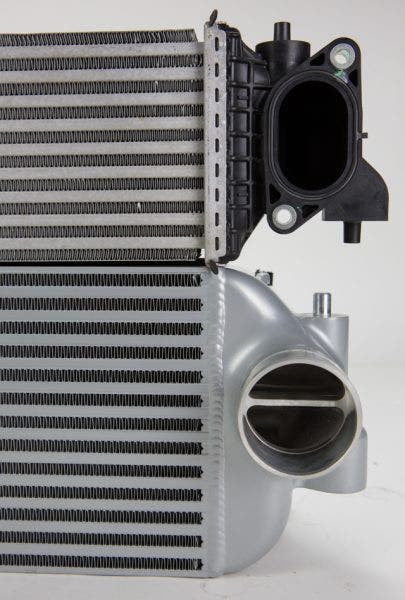
It's always important that the full core is used. In addition to the extra rows stacked on top of our core, we're also incorporating an air diverter to ensure we're efficiently making use of the extra space in the core.
The construction is key. Gone is the convection oven known as Honda's stock core design. In its place is our more robust, heat-wicking bars and plates. The Japanese giant did have to cut some corners when it came to their intercooling system, making a tube-and-fin and plastic combination an ideal solution for even their limited run super-hatchback. Upon release, they made it seem that the FK8 was ready to dominate the track. Stories of the contrary have been reported, though, of high temperatures from plenty of our track-going friends.

Many of you might be wondering about the CTR's Achilles heel, which is the lack of airflow to the radiator. Given the FK8's struggle to keep the coolant, well, cool with the stock configuration, one might think that mixing an intercooler (that's more than twice the size) into the grille will cause twice the trouble. Dan thought the same. A front-mounted intercooler is a balancing act between maximizing the flow of charged air through the core and the fresh air flowing through the fins. 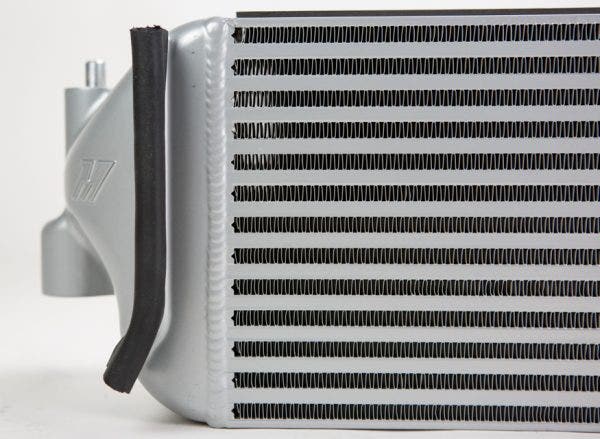
In order to maximize cooling, we would want to give the new core a fairly tight fin density, but given the CTR's lack of airflow to the radiator, that could be counterproductive to the overall performance of the car. Dan staggered the fin density throughout the new intercooler. The external fins keep some distance from each other, allowing the fresh air to pass through to the radiator, while the internal fins are quite friendly with each other to aid in the heat transfer.
You know how the old saying goes "it's what's on the inside that counts?" In the case of our Civic Type R intercooler, it's actually a little bit of both. The outward appearance, and stature over the stock intercooler unit, is designed to contribute just as much to the performance as the more robust construction and end tank design. While all of this might look great in theory, the true fruits of our labors will be revealed on the dyno.
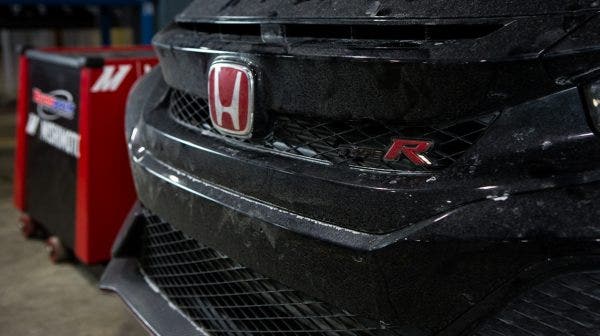
No one ever said that R&D was a clean job.
Thanks for Reading!
-Nick











